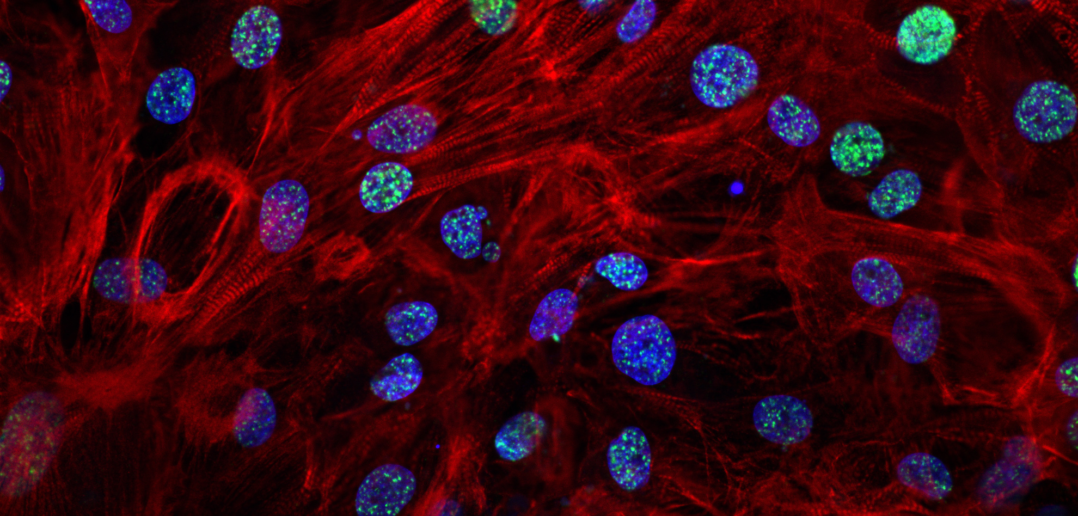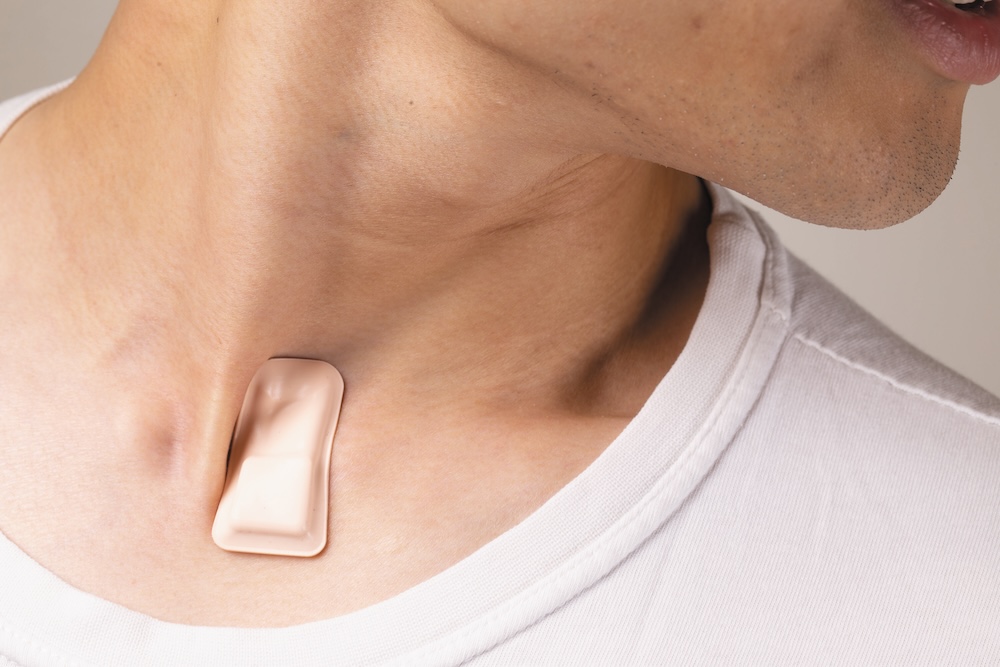
For the 1.7 million patients diagnosed with cancer each year, treatment often means surgery, as well as weeks of difficult chemotherapy. But for about 8 percent of patients who take a commonly prescribed chemotherapy drug, treatment can also bring a dangerous side effect: cardiotoxicity.
Cardiotoxicity is damage to the heart muscle, sometimes so severe it can lead to heart failure. Unfortunately, physicians can’t currently predict who will experience this side effect.
Now, a groundbreaking new Northwestern Medicine study has shown that using certain kinds of stem cells can identify patients who are likely to experience the dangerous side effect.
The drug, doxorubicin, also called Adriamycin, is known to effectively treat a wide range of cancers, including breast cancer and pediatric leukemia.

“We were interested in whether there is a genetic reason for why some patients experience cardiotoxicity and some do not,” said study author Paul Burridge, PhD, assistant professor of Pharmacology.
To test whether a patient might experience this toxic side effect, scientists needed to use that patient’s own cells. In a laboratory setting, it can be difficult to work with a patient’s heart cells, so Burridge tried a different approach to test the drug: their stem cells.
Stem cells are found in many different tissues in the body, and have the unique ability to transform into many other types of cells. Burridge, with scientists at Stanford University, first acquired skin cells from patients with breast cancer who had received doxorubicin – some with cardiotoxicity and some without it.
The scientists then transformed those skin cells into stem cells, which could then turn into heart cells.
“We turned these stem cells into heart muscle cells, and treated them with the drug doxorubicin and measured their responses,” Burridge explained. “Our results showed that heart cells from patients who have cardiotoxicity were significantly more sensitive to doxorubicin-induced toxicity.”
By analyzing how the cells work, Burridge and his team were also able to understand what was behind the cell’s response to the drug. What they found suggests that flaws in a specific part of the cells, called mitochondria, might be the root cause of the toxic side effect that damages the heart.
The study’s findings have significant implications for patient care.
“This project proves for the first time that we might be able to predict the likelihood of a patient experiencing doxorubicin-induced cardiotoxicity by looking at the patient’s DNA,” Burridge said. “This patient could then be given an alternative chemotherapy drug or a lower dose. In contrast, patients who are likely to be resistant to doxorubicin-induced cardiotoxicity might be able to be given a higher dose and have a better chance of success with their chemotherapy.”
Burridge is also a member of the Robert H. Lurie Comprehensive Cancer Center of Northwestern University.
This study, published in Nature Medicine, was supported by National Institutes of Health grants K99/R00 HL121177, R21 HL123655, R01 LM05652, R01 GM102365, R24 GM61374, R01 HL123968, R01 HL126527, R01 HL128170, R01 HL130020, R01 AR063963, R01 AG020961, R21 AG04481501, R01 NS089533; American Heart Association grants 14BGIA20480329, 13POST14480004 and 13EIA14420025; a Dixon Translational Research Grant Young Investigator Award; Muscular Dystrophy Association grant 4320; California Institute of Regenerative Medicine grants IT1-06596, TR3-05501 and RB5-07469; Muscular Dystrophy Association grant 4320; the Baxter Foundation; and a Burroughs Wellcome Fund Innovation in Regulatory Science Award.






